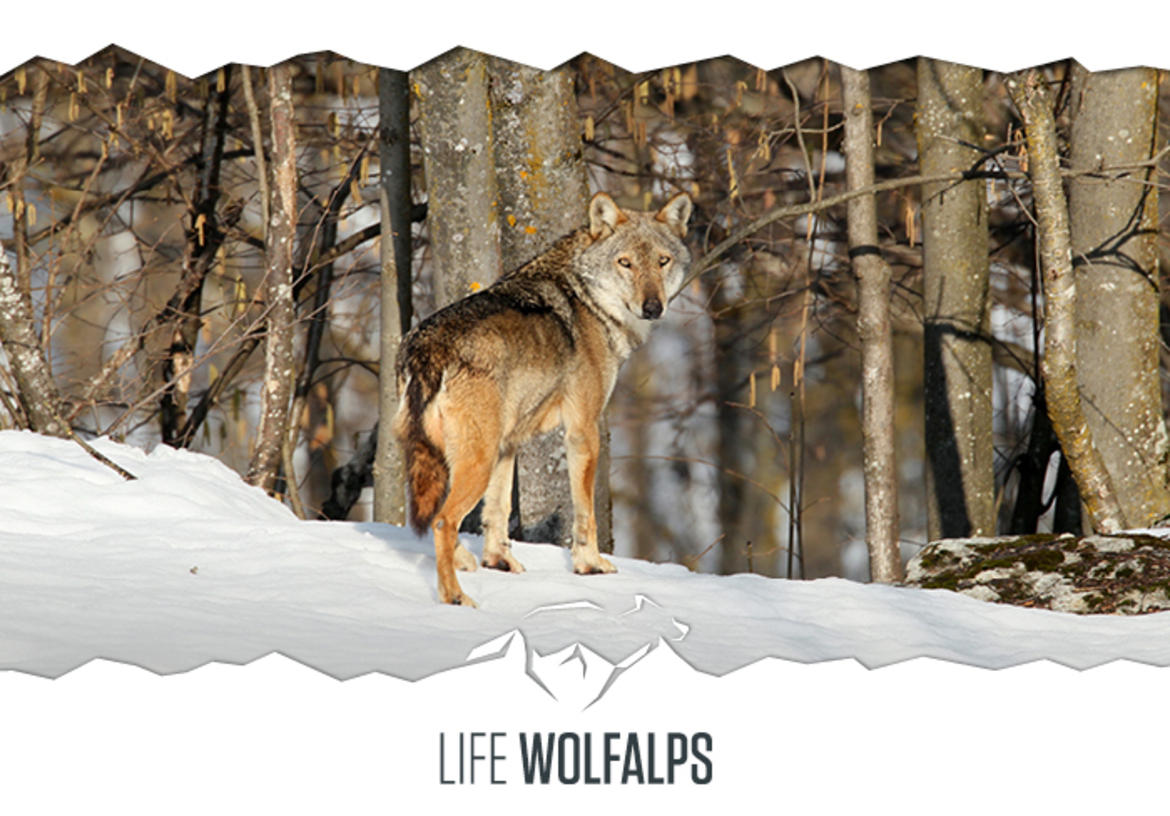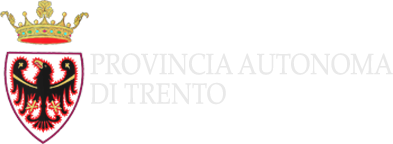Tempo di lupi
From December 20 to March 1, the travelling exhibition hosted by MUSE will describe and illustrate the wolf starting from six characters and their personal, emotional point of view through interactive exhibits, historical and actual items.

“I like the wolf, but he scares me a little bit too. He eats little pigs, the granny and Little Red Riding Hood. He has got big pointed teeth…” tells little Magherita, one of the characters that leads visitors through the discovery of the exhibition “TEMPO DI LUPI” (TIME OF THE WOLF. The story of a return).
From December 20 to March 1, the travelling exhibition hosted by MUSE will describe and illustrate the wolf starting from six characters and their personal, emotional point of view through interactive exhibits, historical and actual items.
Thanks to the mediated view, the visitor will increase his objective and scientifically correct awareness with research accuracy and honesty, debunking fables and superstitions.
Thus, here in exhibition, a voice of a hypothetical Paleolithic predator, the witness of a relationship nearly mystic and magic, more primitive and natural towards the wolf, as well as the voice of a medieval farmer telling an historical and dramatic period for man, in which this animal had been considered as an evil entity.
Moreover there is the opinion and way of thinking of a nowadays’ farmer - a group of people that is today more affected by the return of the wolf; a tourist considerations, fascinated and attracted but at the same time scared by the carnivore; the interest of a researcher that studies wolves and has the desire to transfer knowledge to all citizens. Last but not least, a child’s gaze – frightened by the animal as it is represented in fables, nevertheless experiencing fascination and affection.
The child’s tale brings a certain view of the wolf to life, a view linked to the imaginary created by the fables – scaring but fascinating too – leading adults back in time.
A selection of cartoons and books will help to examine the future of this animal, to consider all difficulties that put his survival in danger, allowing to replace the natural mistrust towards the wolf with a scientific, exact and rational information.
Source: www.muse.it
organization: MUSE Museo delle Scienze

